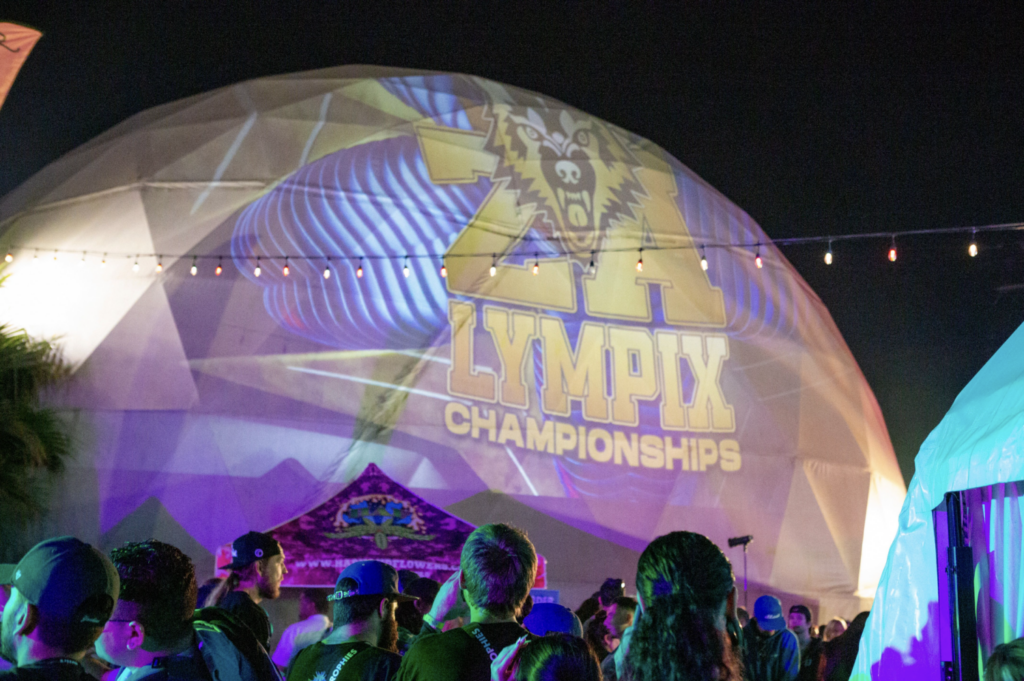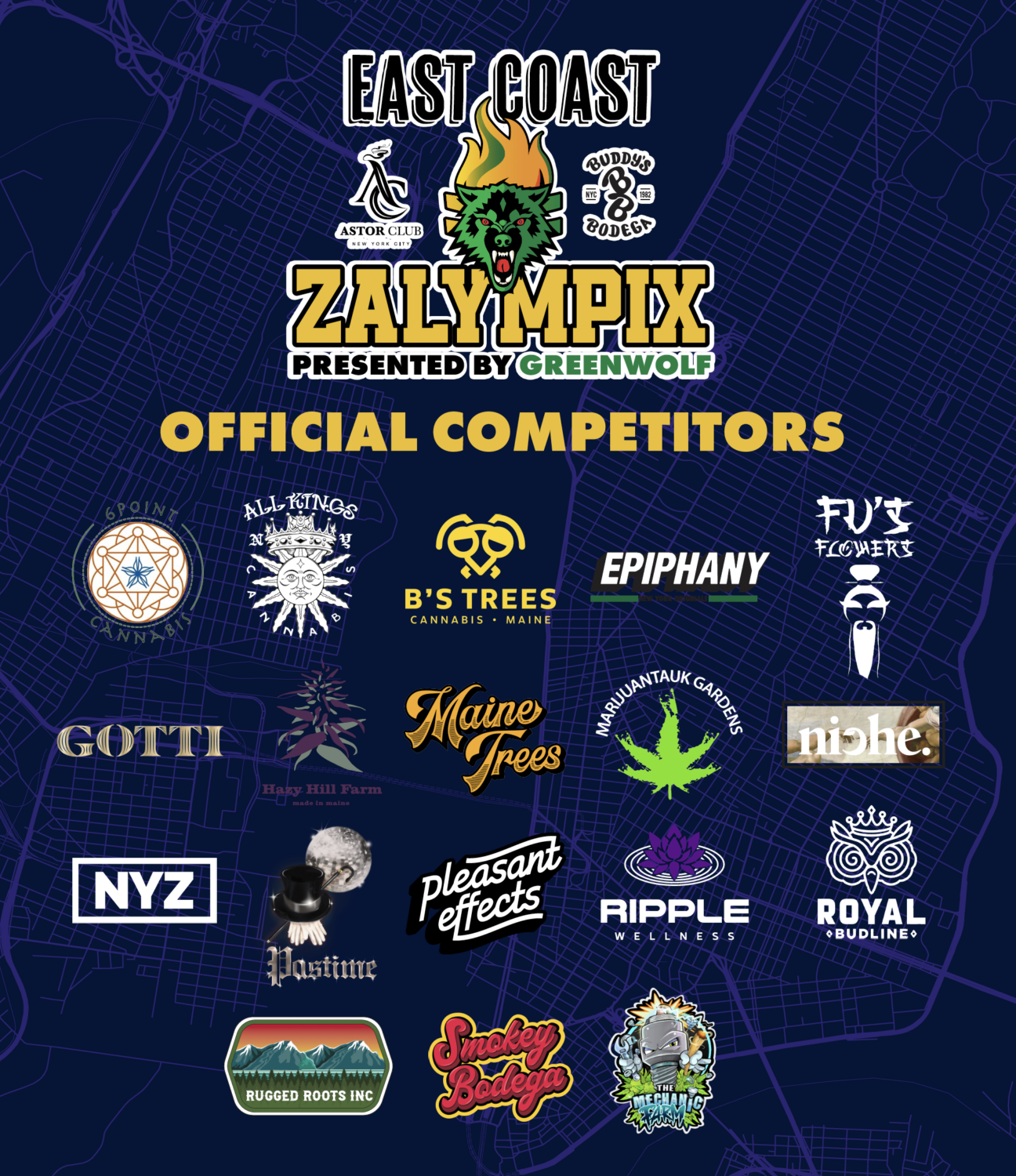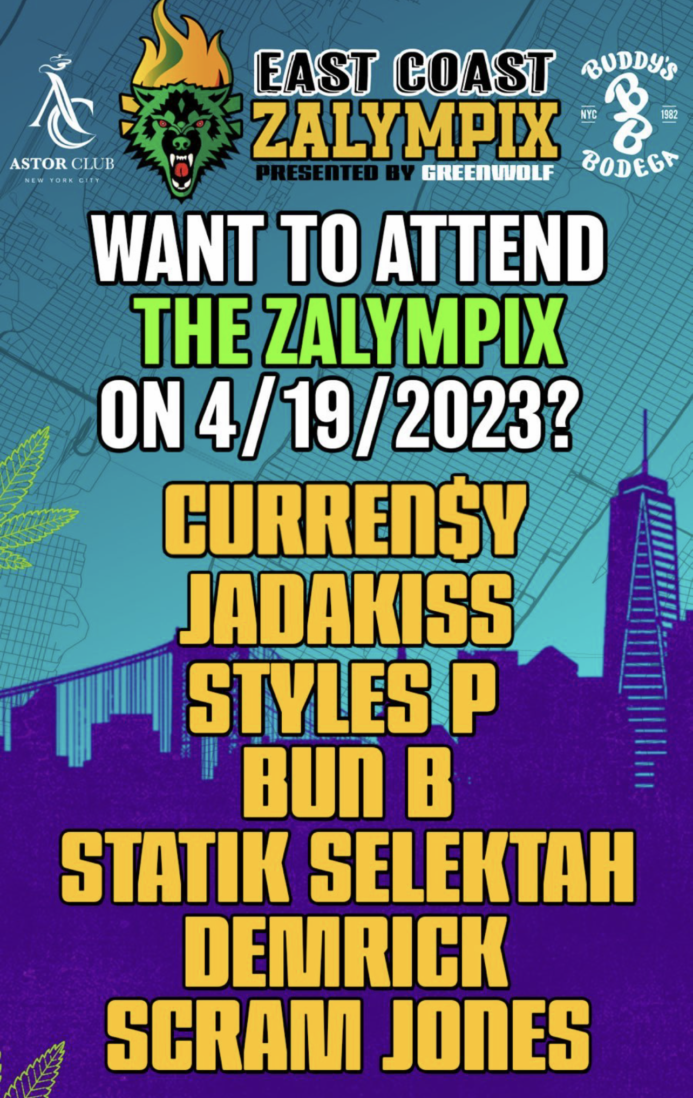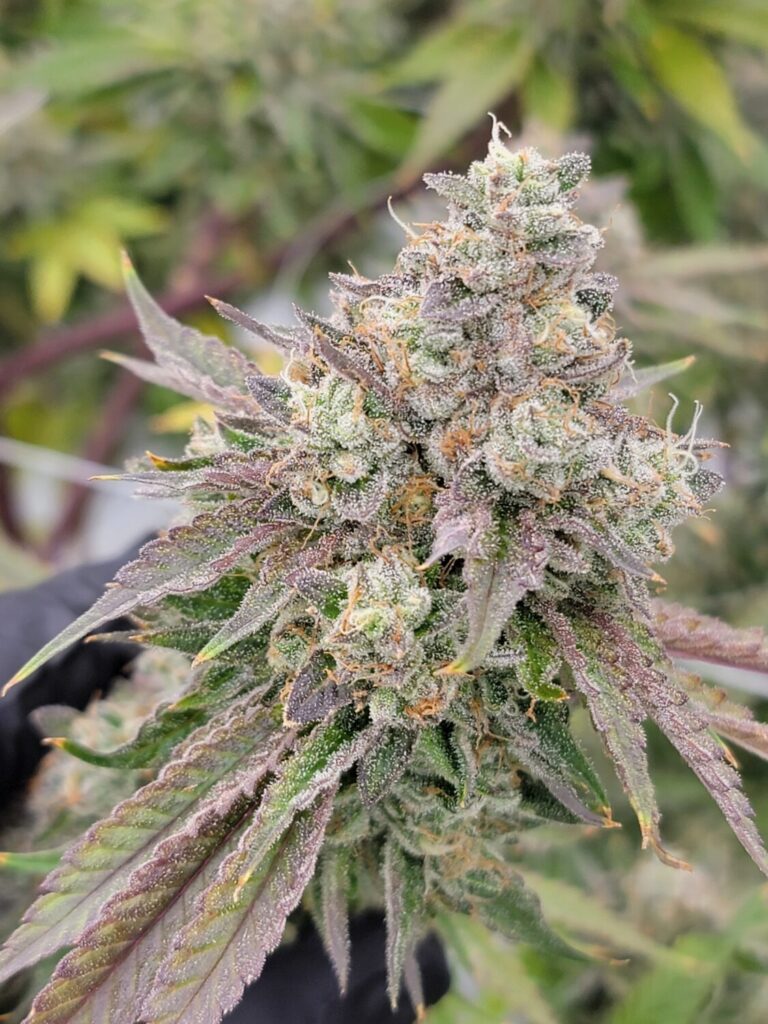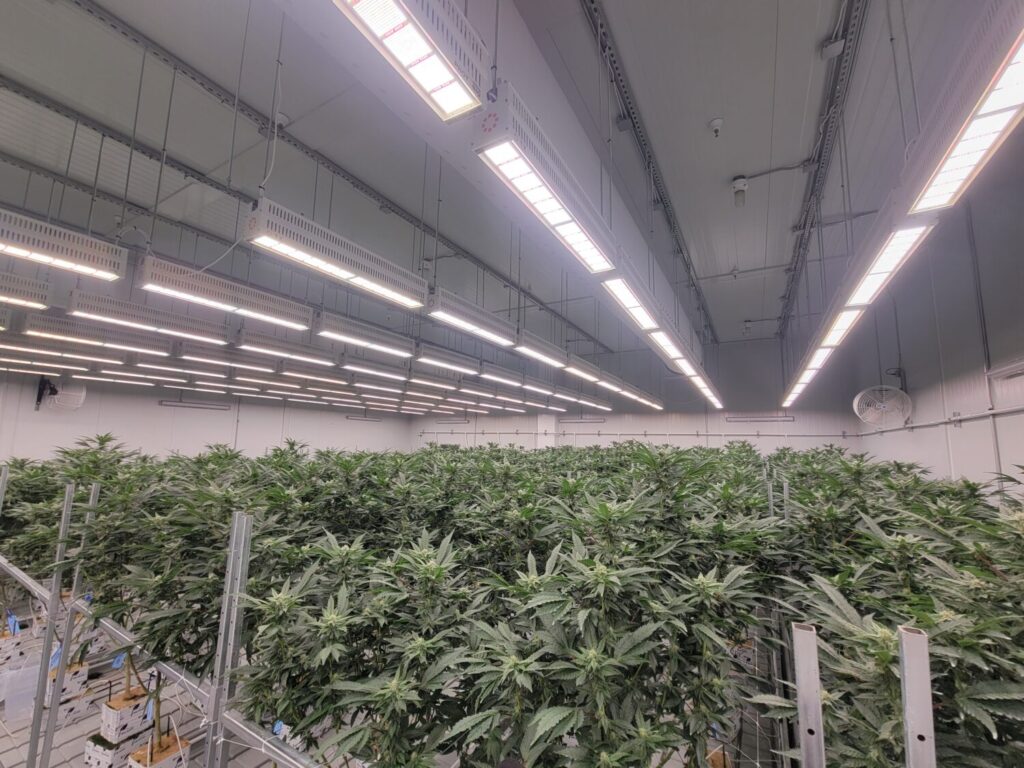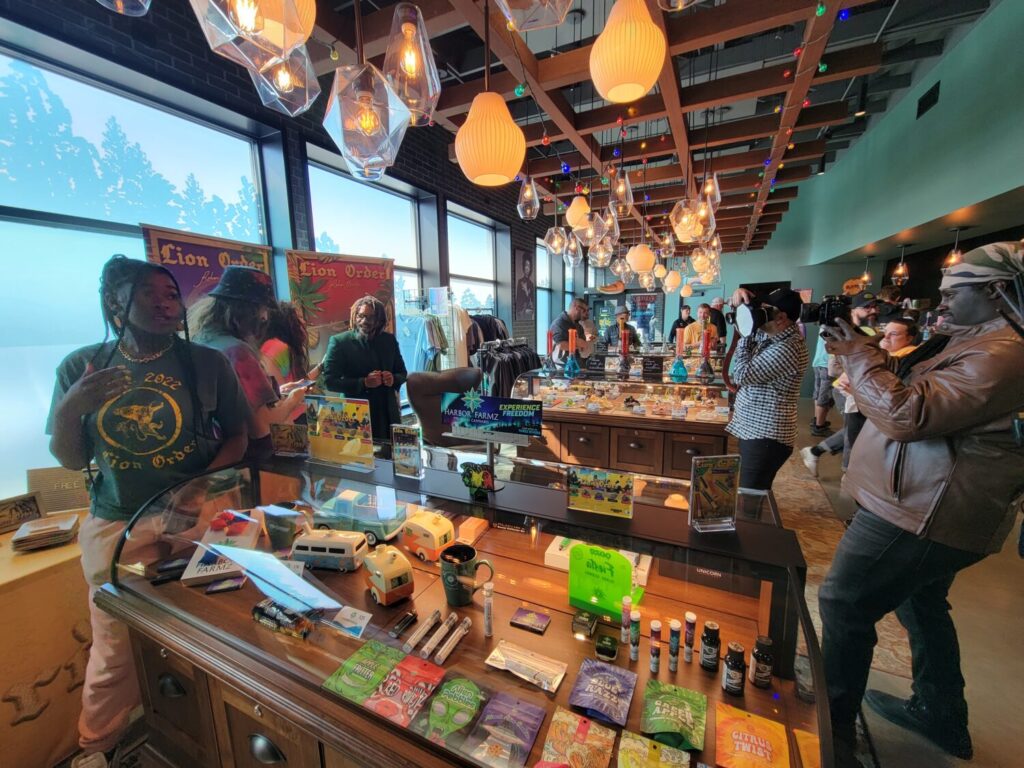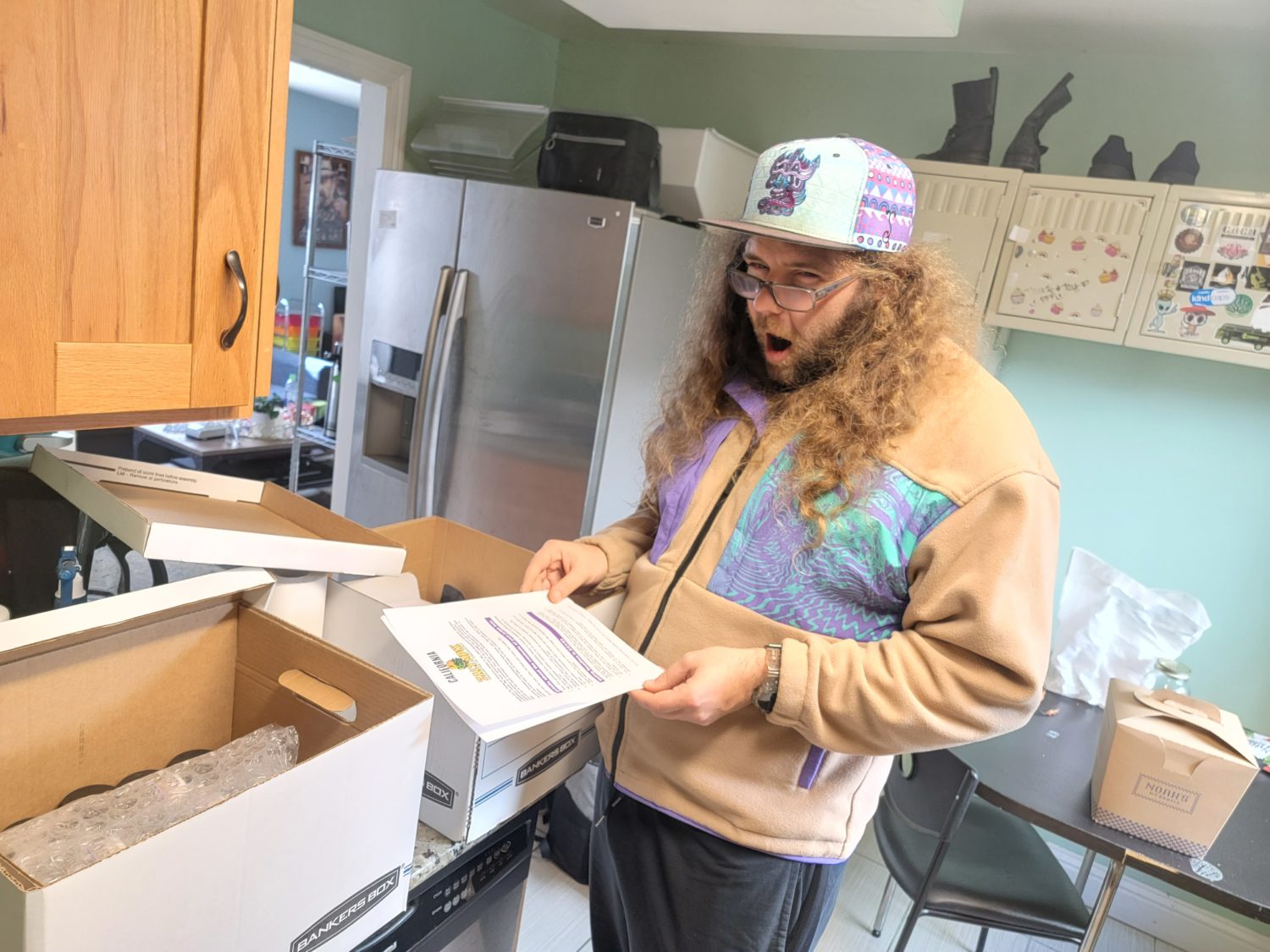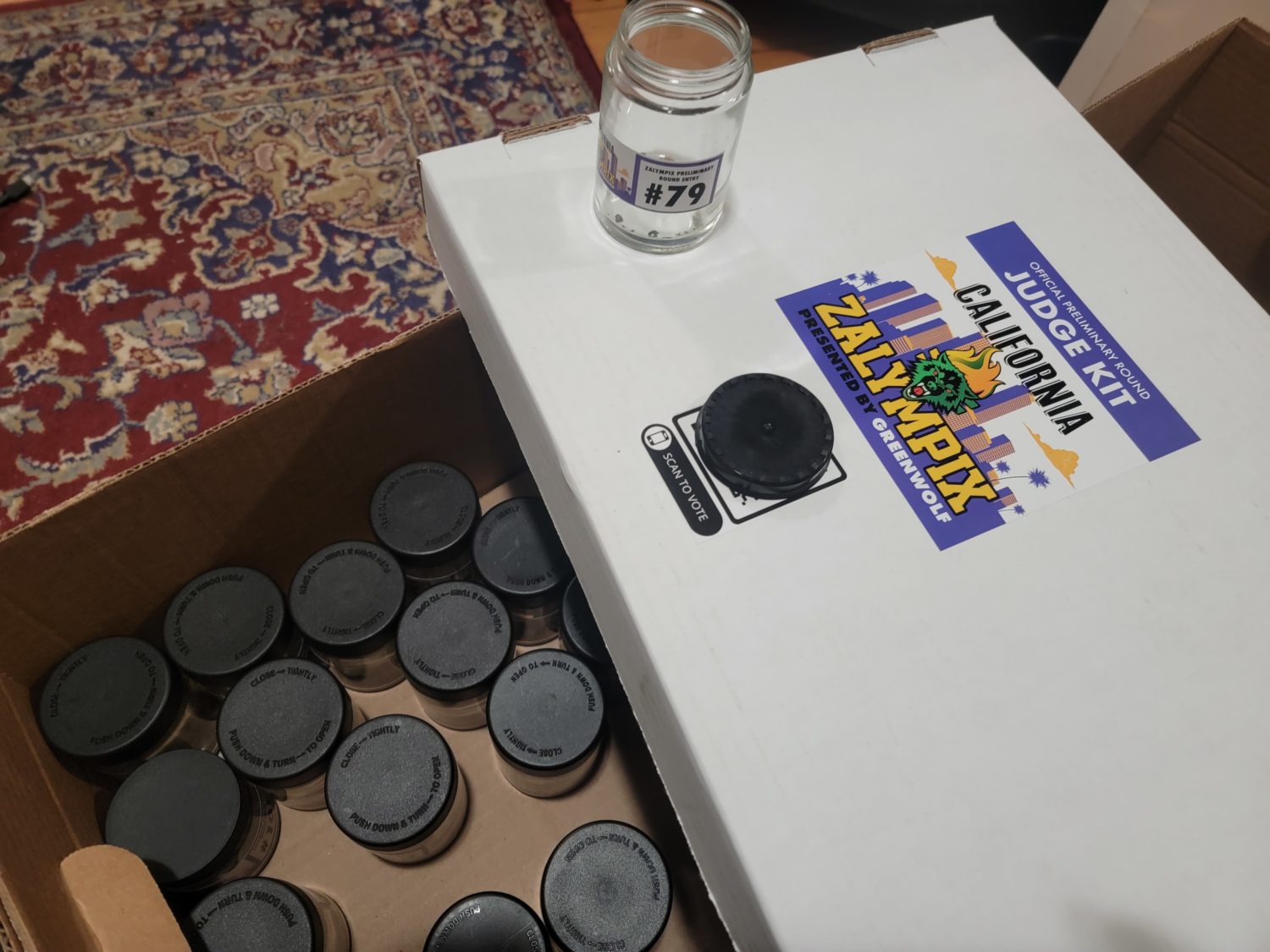LA’S NEWEST EQUITY POT SHOP OPENS AFTER 5-YEAR BATTLE
Photo courtesy of Off The Charts LA’S NEWEST EQUITY POT SHOP OPENS AFTER 5-YEAR BATTLE Off The Charts x Cadre had a soft opening in late July, with its official Grand Opening a few weeks ago, but getting to those milestones was a long drawn-out fight. Founder Madison Shockley III started the fight five years…
 Photo courtesy of Off The Charts
Photo courtesy of Off The Charts
LA’S NEWEST EQUITY POT SHOP OPENS AFTER 5-YEAR BATTLE
Off The Charts x Cadre had a soft opening in late July, with its official Grand Opening a few weeks ago, but getting to those milestones was a long drawn-out fight.
Founder Madison Shockley III started the fight five years ago. At the time, his partners at Off The Charts only had one other shop. With Shockley finally getting his new spot on E. 61st Street open, the company now has 14 dispensaries dotted around the state. And the menus look solid with names like Fig Farms, Alien Labs, and Connected anchoring the top shelf above a bunch of good deals.
But this tale is more about what Shockley had to go through so he could stock that fire after first learning about the equity program in 2018.
“I had a different location back in 2019 when I applied originally, and then the first-come first-served process was mismanaged, so I actually led the lawsuit against the city of L.A., on account of the first round of social equity permitting,” Shockley told L.A. Weekly.
Shockley and the other plaintiffs would end up settling with the city outside of court. The council would add an additional 100 social equity licenses.
“That’s where I got my license,” Shockley explained. “They also changed the rules around that time, so that you could move locations within your community plan area. So about six months after that I found this location.”
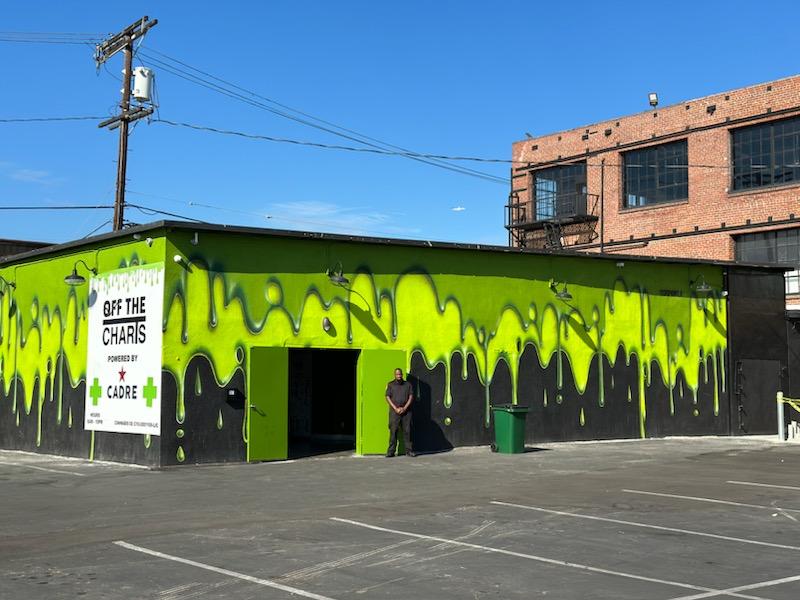
Shockley has spent the last two and half years dealing with all the retail headaches cannabis has to offer Los Angeles entrepreneurs. Especially those who had to deal with the compounding factors of COVID — this was already quite the process anyway.
One of the biggest COVID-related bottlenecks came with contractors just trying to get their plans approved by the city to build out the shop.
“Contractors couldn’t go up there, it was all electronic, so there was a huge backlog with that,” Shockley said.
After he finally got the OK and started construction, he eventually would have to start dealing with the inspections. Shockley argues one electrical inspector alone proved to be a year-long hurdle. He claimed he would just not pass him.
“Every time he came out, he found new things to correct, and all my contractors had to be there every single time just for him not to pass us and give us little things to fix. That alone went on for a year,” Shockley said.
Shockley eventually filed an official complaint over the situation. The city sent over a new inspector who approved the facility on his first visit.
We asked Shockley if it had been frustrating that every hurdle he faced took some kind of lawsuit or complaint to fix. He pointed to the sit-in he had at the Department of Cannabis Regulations (DCR) a few years ago.
“When you talk about difficulty in getting answers, a few years back was a complete nightmare. There was a lot of inaccurate information being passed around by the legal community. A lot of cannabis and social equity advocates were spreading misleading information. There was a lot of confusion on social media.”
Shockley circled back to my question noting he would say all of that has improved since the lawsuit that added the 100 extra permits. He noted specifically, the DCR was in a better place now than when things were really bottoming out for social equity locally.
“It hasn’t just been trying to get answers, it’s been like having to fight to reform the entire department, along the way of trying to get a license.”
You can visit Off The Charts x Cadre at 615 E. 61st St., Los Angeles.

